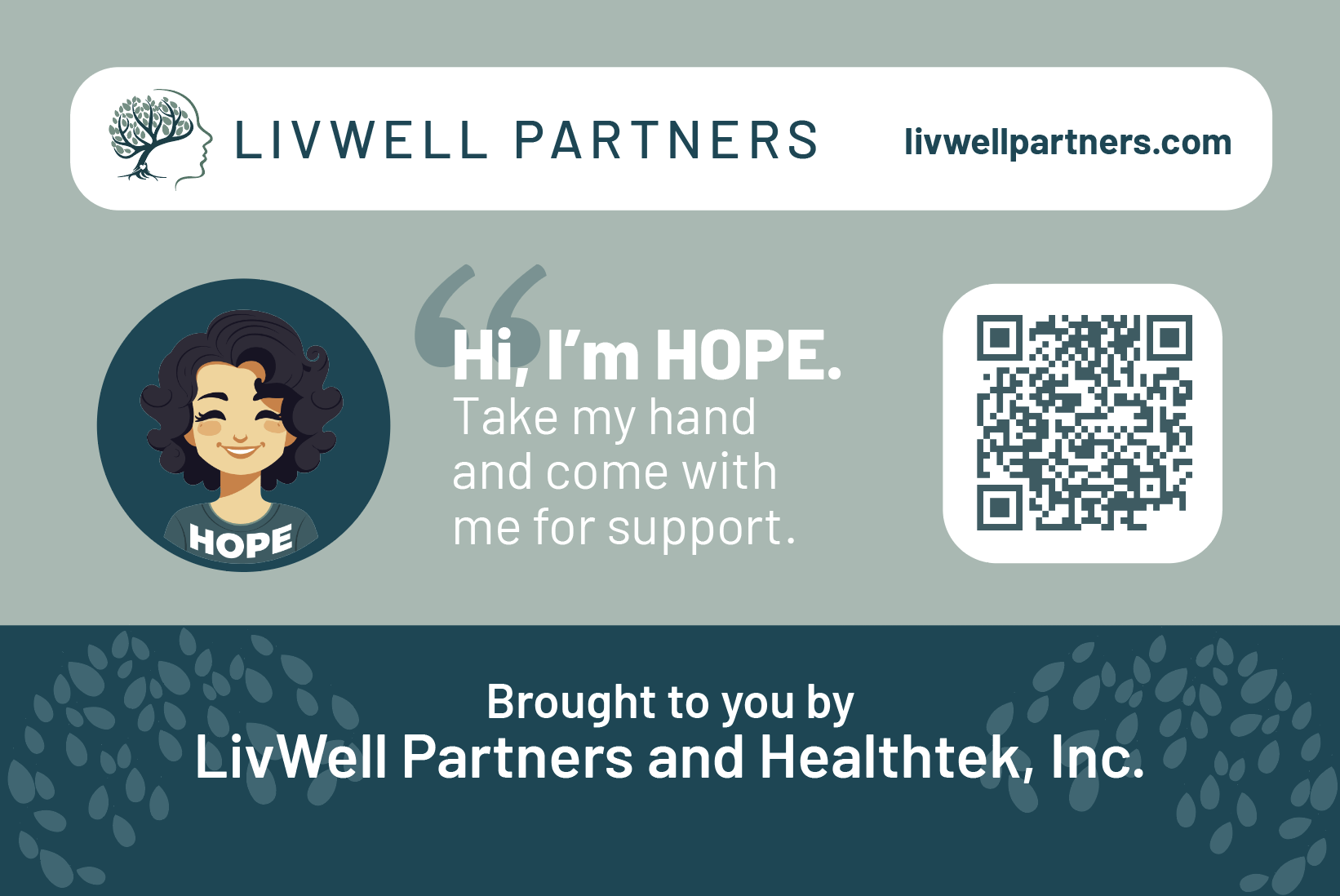Suicide Prevention in a Remote World: Courageous Conversations, Smarter Supports

Suicide Prevention in a Remote World: Courageous Conversations, Smarter Supports
How leaders can pair anonymous 24/7 tools with everyday habits that foster hope
Suicide Prevention in a Remote World: Courageous Conversations, Smarter Support
How leaders can pair anonymous 24/7 tools with everyday habits that foster hope.
September is National Suicide Prevention Month. Nearly 50,000 Americans die by suicide each year, and many more struggle silently. In remote and hybrid workplaces, distance can make it harder to notice distress and easier to let check‑ins slip.
Recently we hosted a candid session with Kaitlin Daeges of LivWell Partners, joined by leaders who shared real‑world approaches that work.

What employees need—on their terms
A consistent theme: empower people to engage when and how they choose. Anonymous, round‑the‑clock support lowers the barrier to entry and complements human connection. If you're looking for options, check out Hope from LivWell!
QPR: a simple framework anyone can use
You don’t need to be a clinician to help. QPR—Question, Persuade, Refer—is a suicide prevention training that can give every leader a practical path:
- Question directly and kindly when you notice concerning signs
- Persuade by expressing care and offering to stay with them while seeking help
- Refer to appropriate resources (988, mental health professionals)
Warning signs to take seriously
- Verbal: direct or indirect statements like “I can’t keep doing this.”
- Behavioral: withdrawal, absenteeism, sudden changes, giving possessions away
- Situational: job or financial loss, relationship changes, unwanted moves.
Try this opener: “I saw your message about feeling overwhelmed. Thanks for sharing that. I’m here—want to talk for a few minutes today or tomorrow?” You’re planting seeds of hope—and hope prevents suicide.
Remote‑friendly practices you can start now
- Normalize anonymous help—share LivWell5.com and your EAP info regularly
- Build non‑work connection spaces (gratitude channels, interest groups)
- Prioritize regular, predictable time for human connection
- Offer learning opportunities (e.g., QPR) so every leader knows what to do
- Pulse‑check culture and wellbeing; act on trends you see.
If you need help now
In the U.S., call or text 988 for the Suicide & Crisis Lifeline, or contact your local emergency services.
